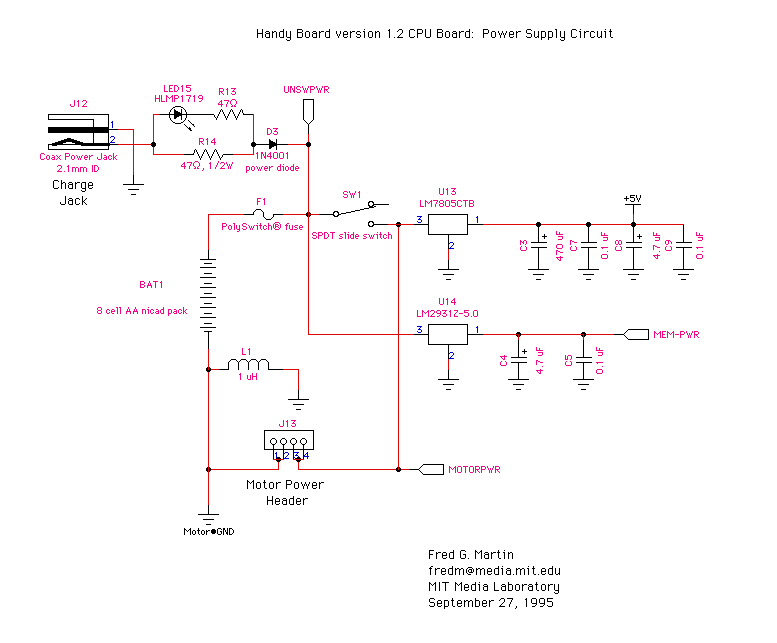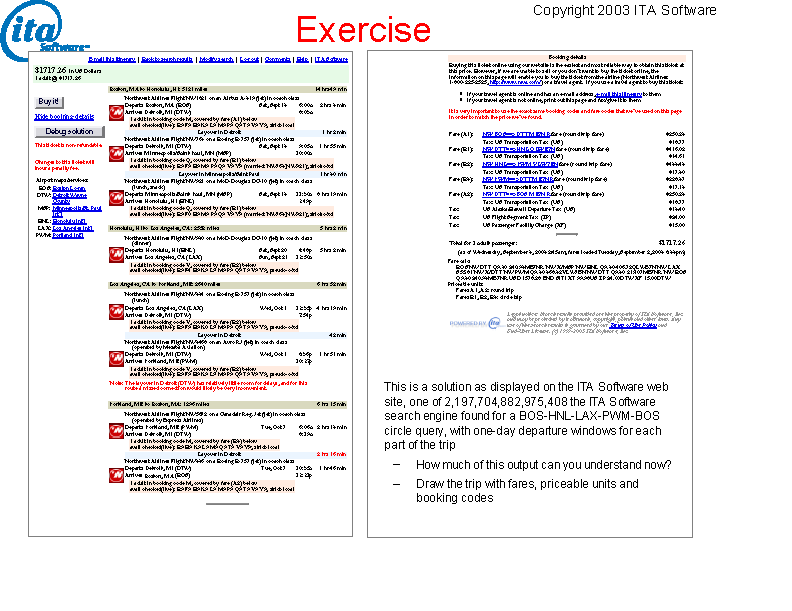

Energy cost per unit body weight tends to decrease as age increases. The use of adult data to assign energy costs to children's activities can be problematic. While children's games are listed in the compendium, the energy cost is based on adults performing the games. The adult compendium contains only MET values measured in adults. While much work has been done on developing compendia of energy costs for adults, there has been little research into the EE of youth performing everyday activities. However, the most common use of compendia is to convert self-report data into EE. Compendia have also been used to evaluate accelerometer cut-points by comparing accelerometer counts to estimated MET-min cost (one MET-min is the energy required to sustain resting metabolism for one minute) of various activities. Energy costs from compendia may be assigned to activities identified as having been performed when a pedometer or accelerometer was removed. Compendia may be used to assign energy costs to observational data when estimating total EE or time spent in varying intensities of activity. Whether objective or subjective measures of PA are used, in many cases, researchers refer to compendia of energy costs to supplement the data acquired from these measures when estimating EE. Therefore, researchers are constantly seeking to refine and improve the precision of their measures. However measuring PA and EE in youth is difficult, no matter what instrument is used, particularly when attempting to define levels of sedentary, moderate and vigorous activity. These measures include objective measures, such as accelerometry and pedometry and subjective measures, such as observation, proxy-report and self-report questionnaires. Currently researchers are using a wide variety of instruments to assess PA and energy expenditure for studies of health-related behavior in youth. moderate to vigorous physical activity MVPA ≥ 3 METs) must be estimated. Moreover, when comparing children's activity levels to PA guidelines, time spent in various intensities of activity (e.g.

Assessment of energy balance associated with obesity and other metabolic health conditions relies on precise measurement of both total energy expenditure (EE) and energy intake (EI). In order to effectively explore relationships between physical activity (PA) and health, issues of measurement are critical.


 0 kommentar(er)
0 kommentar(er)
